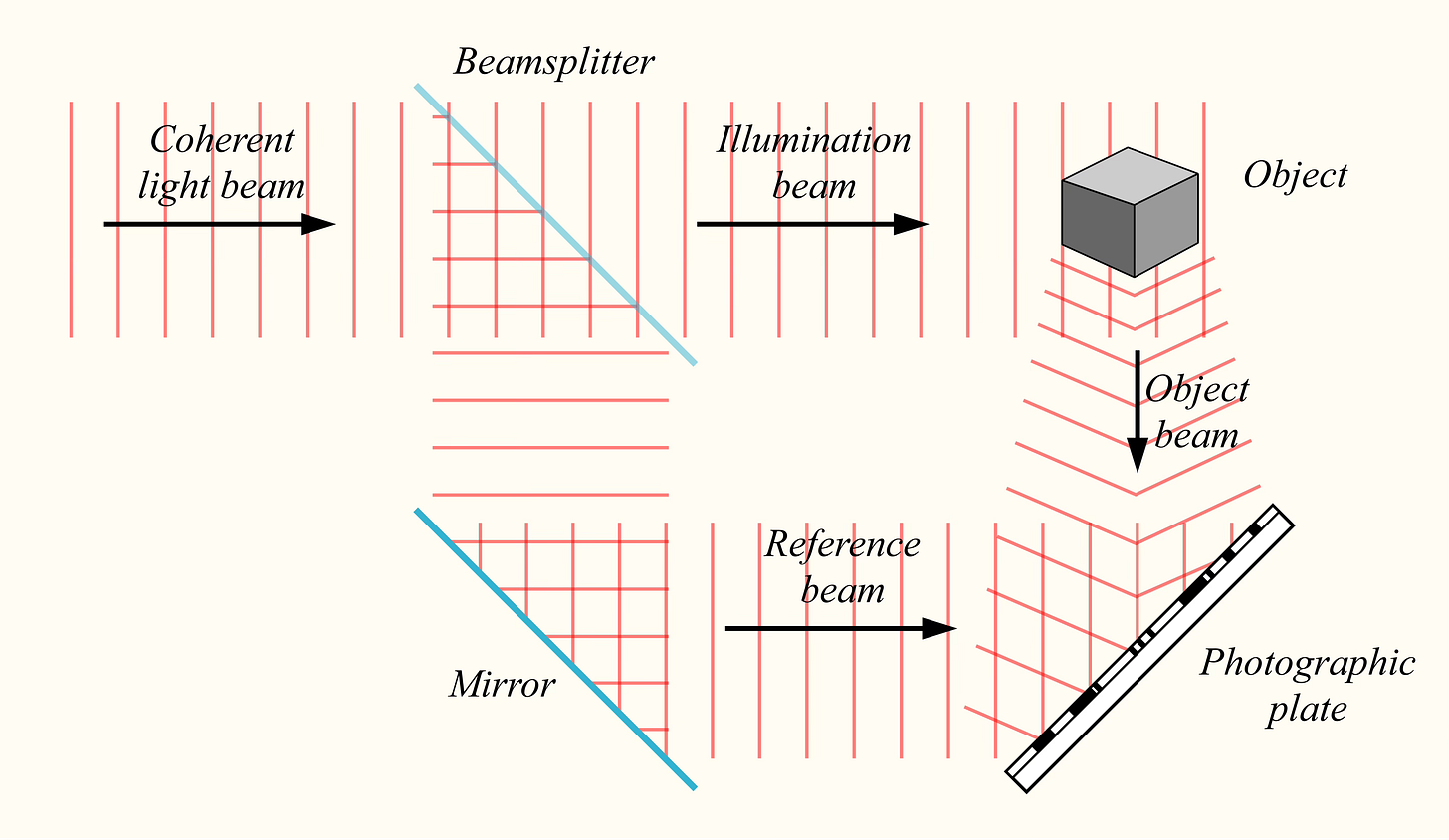Onto a wavefront of interest
Five fragments for the week of August 25, 2025

Hello from the end of August. The kids go back to school today, which meant a weekend spent folding right-sized clothes and rounding up water bottles. I always love a fresh start.
For those just joining: I’m Diana Kimball Berlin, a bookworm turned PM turned VC turned PM again, now leading the core product team at Gamma here in San Francisco. Every week it’s something new.
I send these highlights from my reading and research like clockwork as a way of reconnecting to what makes me feel the most myself: following garden trails and seeing where they lead. I’ve come to think of them as liner notes for life.
So let’s get to it: five fragments that stuck with me last week…
annual reminder that “prompt” used to mean the computer prompting the user, and now it means the inverse
– Fabian Stelzer on X, August 21, 2025. Etymology is trending. Separately, I’ve been enjoying Fabian’s travels with Qwen.
My advice for gaining reputation depends on your experience level as a developer. If you are a fairly inexperienced developer, I would highly encourage you NOT to try and look for questions to answer, but rather focus on asking clear and detailed questions.
As a beginner, you will surely encounter a lot of problems which is a great opportunity for you to ask questions. As a beginner, spending your time programming and running into problems you need to solve is the best way to learn and it will give you a lot of material for questions to be asked.
– Robert Cooper, “How to get your first 1000 reputation on Stack Overflow,” August 9, 2020. In some ways, this post is a time capsule: it’s about Stack Overflow, which has been largely supplanted for coding questions by LLMs at this point. But this particular passage struck me as evergreen. Asking clear and detailed questions is an excellent skill to build. And I love the lens of problems as opportunities to ask good questions. I came across Robert’s work when Jon sent around his color namer, and only later realized he now works at Basedash, a Matrix portco. Everything connects!
A hologram is traditionally generated by overlaying a second wavefront, known as the reference beam, onto a wavefront of interest. This generates an interference pattern, which is then captured on a physical medium. When the recorded interference pattern is later illuminated by the second wavefront, it is diffracted to recreate the original wavefront.
– Wikipedia article on holography. Spent a fair amount of time on this article and its constellation of links for reasons.
We tried to build collaborative coding for @code back in the day, and learned one thing: no one outside of education wants real-time collaborative coding.
Turns out you don’t want to be interrupted while in the inner loop.
– Kenneth Auchenberg on X, August 20, 2025. Turns out! I certainly don’t want to be interrupted while in the inner loop, so this jumped off the screen at me. But on a more measured level, I did appreciate this follow-up from Gian Segato: “agree! but i think it's not an attention / interruption thing. rather, the code state is brittle and broken most of the time, and composing it (git merge) is an inherently hard process…as opposed to figma, or google docs, where the state is by definition always ‘compiling.’” Maybe the inner loop is whatever’s not compiled yet.
design craftsmanship & taste: as more converges (think linear-esque sites, shadcn), we ask ourselves: what was our intent? was it amplified by creative decision? or eroded by cheap imitation?
designers with taste can influence by highlighting zeitgeist without remixing much
– Flo Guo on X, August 21, 2025. Flo is the founding design engineer at Paradigm and such a good follow. How to highlight zeitgeist without remixing? Will be thinking about this one for a while.
Until next time,
Diana
https://dianaberlin.com


